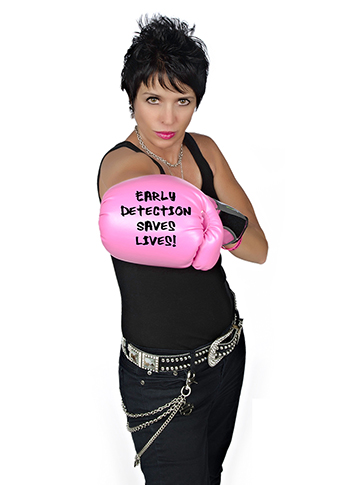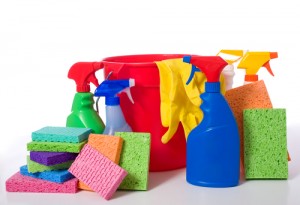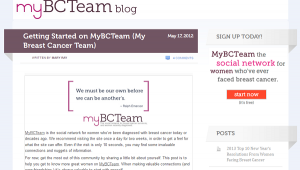 This week, we continue with Dr. James Craigie of The Center for Natural Breast Reconstruction answering your questions about DIEP flap surgery.
This week, we continue with Dr. James Craigie of The Center for Natural Breast Reconstruction answering your questions about DIEP flap surgery.
Q: I had the DIEP flap surgery for both breasts in February this year. The incision in my stomach area has split and I am being told that this happens to 50% of patients. Is this true? I am told to use wet to dry dressing twice a day. I just don’t know if this is accurate because at the same time I’m told to exercise more? Can you please advise? Thank you for your time.
A: I am sorry you are having problems healing. It is not uncommon after a DIEP procedure to have some healing problems. These range from minor (usually little treatment needed) to more involved (may require a longer time to heal, special wound care or surgery). Because the tummy is pulled together, sometimes tight, an opening in the incision is pulled open even more by tension.
One of the benefits of the DIEP is that your muscles are spared and no artificial mesh over your tummy wall is needed. Therefore infection is usually not a serious problem. Healing may take a while. Take special care but it should not permanently affect the end result. I hope this answers your question and you have a speedy recovery.
James E Craigie, MD
Center for Natural Breast Reconstruction
Have a question about breast reconstruction you’d like answered from our surgical team? Just ask us!















